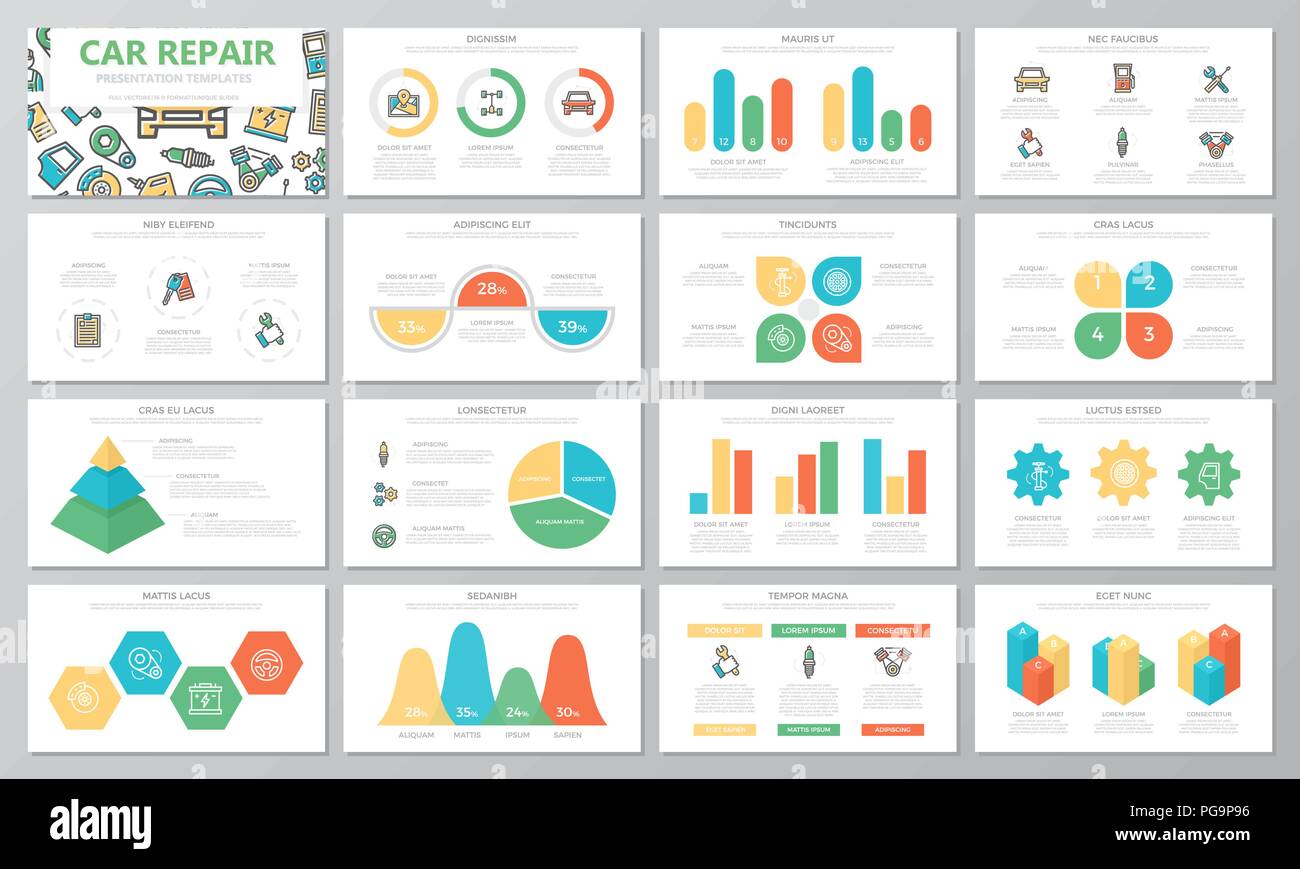Looking For Quality On The Caution Lights Showed On Your Cars And Truck'S Control Panel? Find Out Just How They Connect To Your Vehicle'S Health And Wellness
Looking For Quality On The Caution Lights Showed On Your Cars And Truck'S Control Panel? Find Out Just How They Connect To Your Vehicle'S Health And Wellness
Blog Article
Post Author-Faulkner Forbes
When you're behind the wheel, those radiant warning lights on your control panel can be a bit difficult. Do you recognize what they're trying to inform you about your vehicle's health and wellness? Comprehending the relevance of these lights is important for your safety and the durability of your automobile. So, the next time one of those lights turns up, wouldn't you intend to decipher its message properly and take the required actions to resolve it?
Common Warning Lighting and Interpretations
Identify usual warning lights in your car and understand their definitions to make certain risk-free driving.
One of the most typical caution lights consist of the check engine light, which signals concerns with the engine or emissions system. If this light comes on, it's important to have your vehicle inspected quickly.
The oil stress cautioning light indicates low oil pressure, needing prompt focus to stop engine damages.
A blinking battery light may suggest a damaged charging system, possibly leaving you stranded if not addressed.
The tire stress tracking system (TPMS) light notifies you to reduced tire pressure, impacting automobile security and gas performance. Disregarding this could lead to hazardous driving problems.
The abdominal muscle light suggests a problem with the anti-lock braking system, endangering your ability to stop rapidly in emergencies.
Lastly, the coolant temperature level advising light warns of engine getting too hot, which can result in extreme damage otherwise dealt with promptly.
Understanding these typical warning lights will certainly aid you deal with concerns without delay and keep safe driving conditions.
Value of Prompt Focus
Comprehending the typical warning lights in your auto is only the primary step; the value of immediately resolving these warnings can not be stressed sufficient to ensure your safety and security when traveling.
When car washinh brightens on your dashboard, it's your cars and truck's way of interacting a potential problem that requires attention. Ignoring these cautions can result in extra severe problems later on, endangering your safety and security and potentially costing you much more in repairs.
Motivate focus to cautioning lights can avoid failures and accidents. For instance, a flashing check engine light might indicate a misfire that, if left ignored, could cause damages to the catalytic converter. Resolving this promptly can save you from a pricey repair.
Similarly, a brake system warning light could signify reduced brake liquid or used brake pads, critical parts for your security when driving.
Do It Yourself Troubleshooting Tips
If you see a caution light on your control panel, there are a few do it yourself troubleshooting pointers you can try before seeking professional aid.
The initial step is to consult your auto's handbook to understand what the details caution light shows. Often the problem can be as straightforward as a loose gas cap causing the check engine light. Tightening up the gas cap may solve the problem.
One more typical problem is a low battery, which can trigger numerous cautioning lights. Examining linked resource site for deterioration and guaranteeing they're safe could take care of the issue.
If a caution light persists, you can attempt resetting it by detaching the car's battery for a few mins and then reconnecting it. Furthermore, inspecting your vehicle's fluid degrees, such as oil, coolant, and brake fluid, can assist troubleshoot cautioning lights connected to these systems.
Conclusion
In conclusion, understanding your vehicle's warning lights is necessary for maintaining your lorry running smoothly and securely. By without delay dealing with these signals and understanding what they indicate, you can avoid costly repairs and possible malfunctions.
Bear in mind to consult your vehicle's guidebook for particular details on each warning light and do something about it appropriately to make certain a trouble-free driving experience.
Keep educated, remain safe when traveling!
